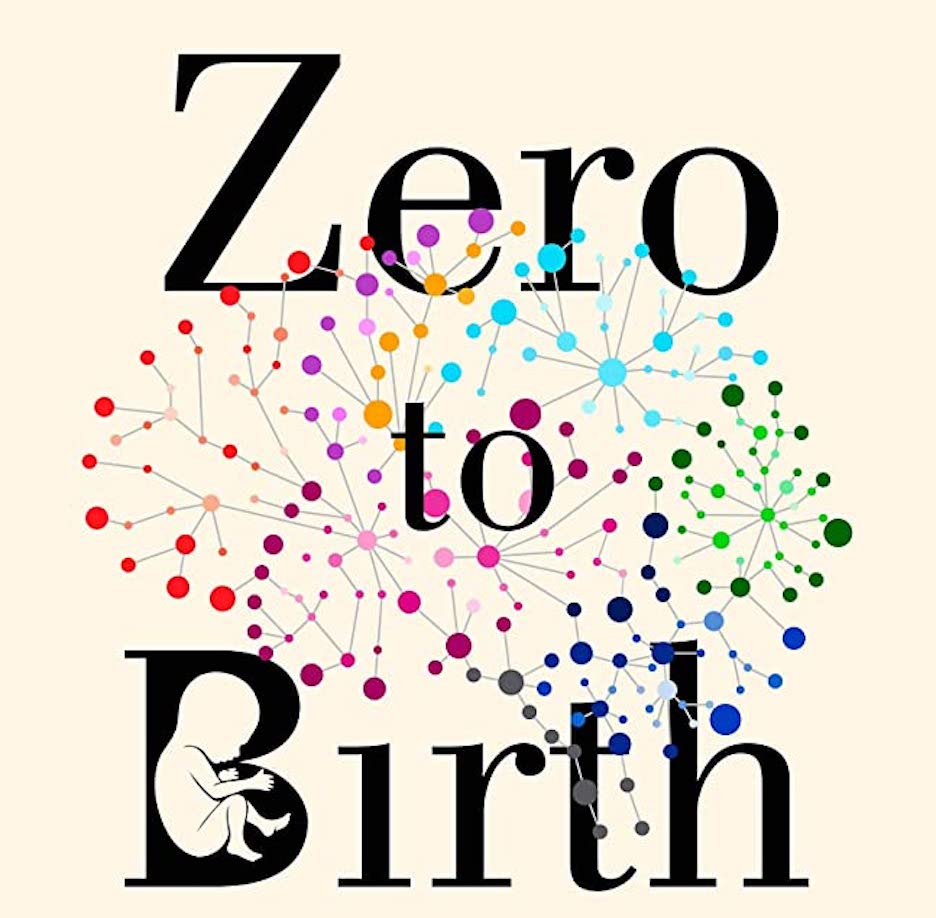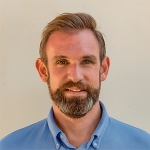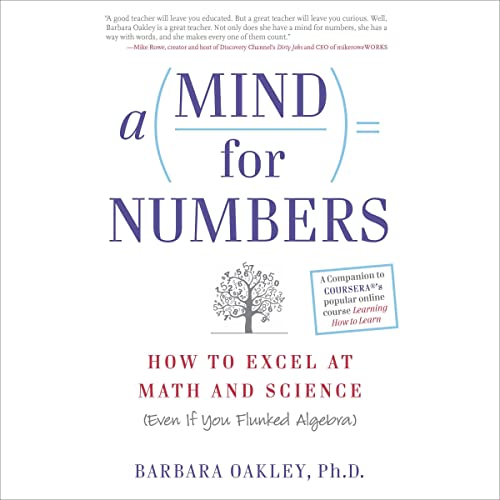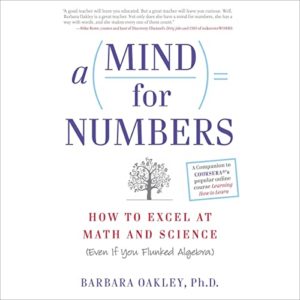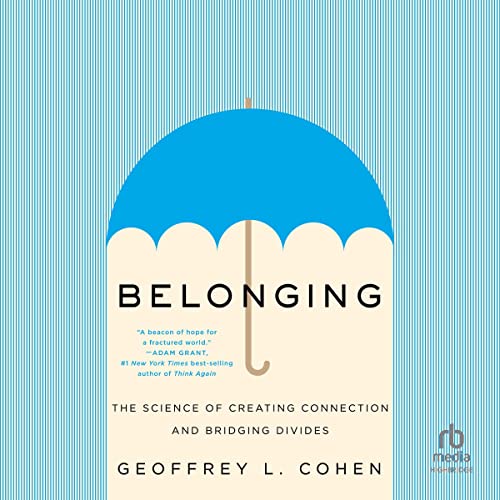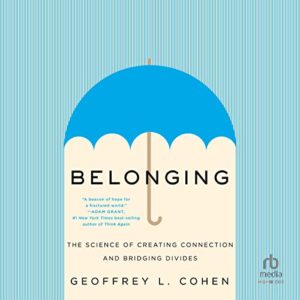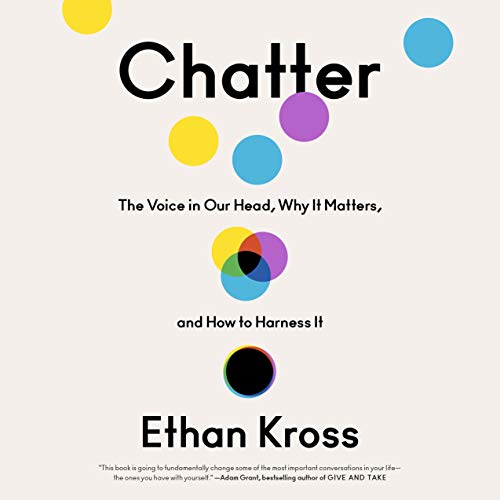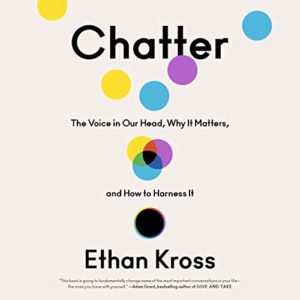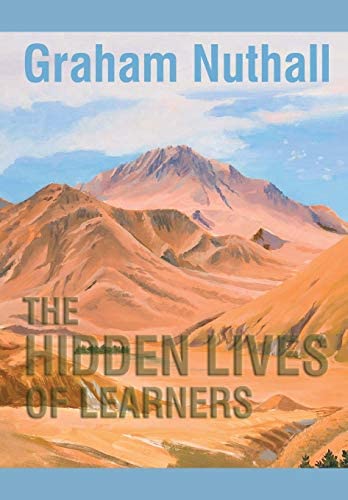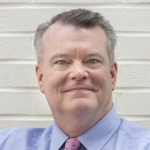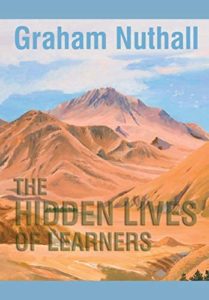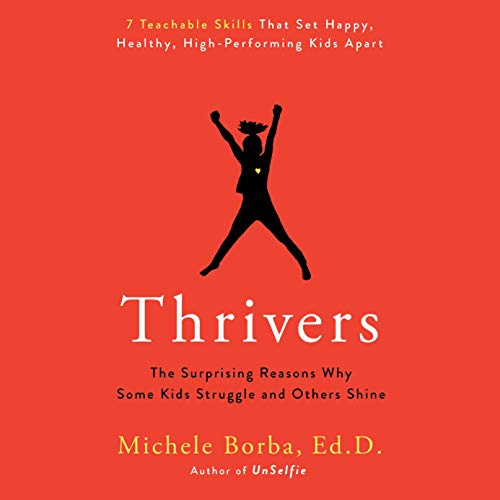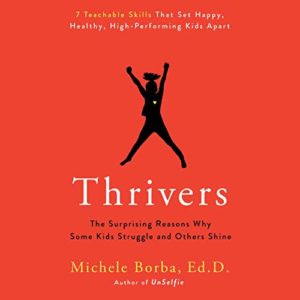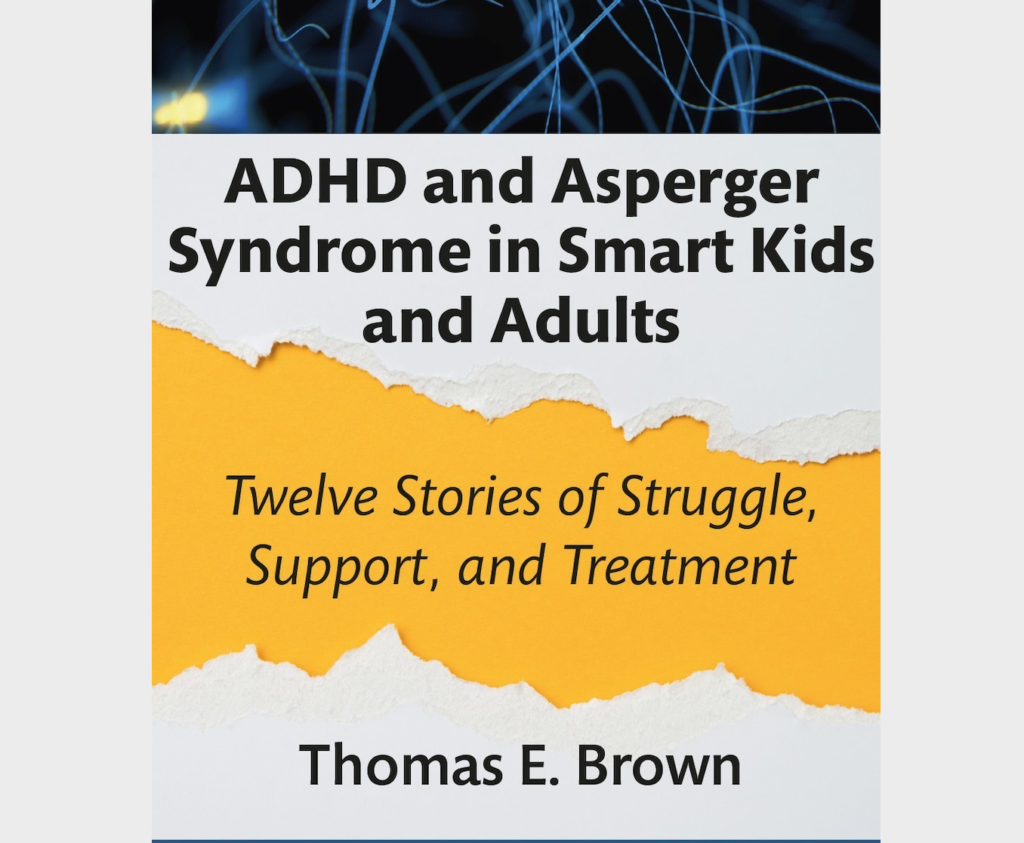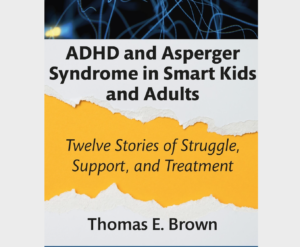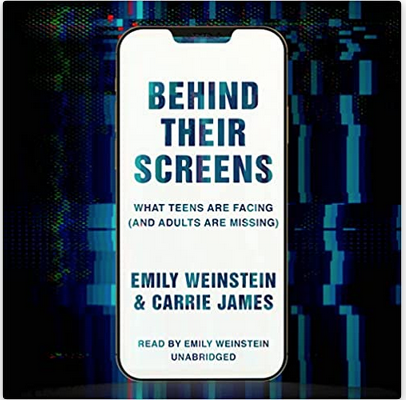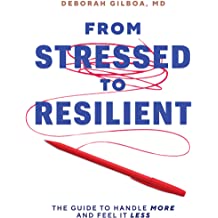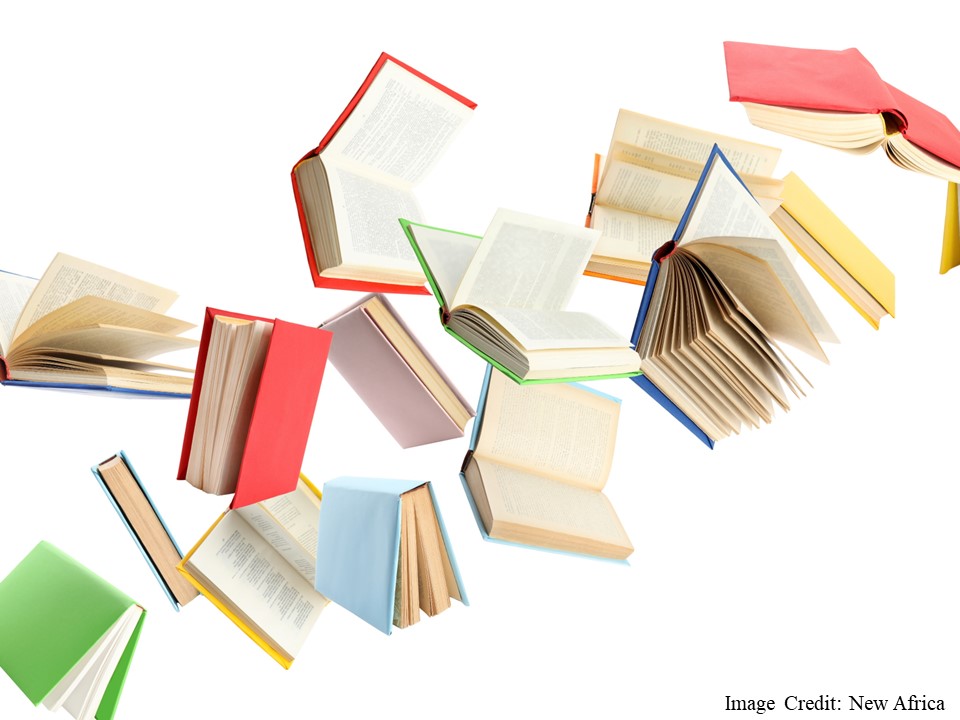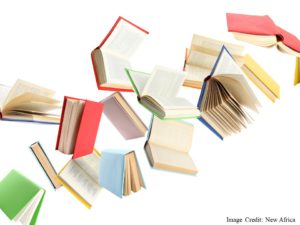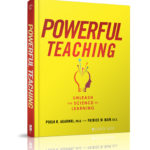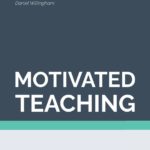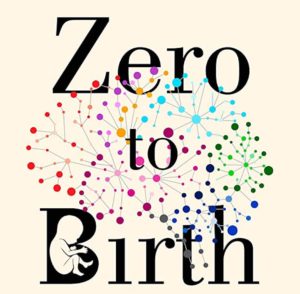 No two human brains are the same – but, the developmental process that leads to the adult brain is also remarkably similar between individuals and between species. It’s an impressive feat considering the number and variation in the potential connections of the brain. How do neurons decide who they are and then migrate to settle in their final destinations? Once their final domain has been established, how do the roads of axons build themselves and snake through distant causeways in the body and brain to create highways for later perfectly synchronized information flow? And once a complex highly organized highway of axons is established, what leads to the predictable and systematic deconstruction or preservation of some roadways over others? While experience plays a big role it is surprising how much has been selected by evolution and is dependent upon molecular machinery built from our genome. In his ambitious project to bring some light to these issues William Harris gives an amazing overview of the process in his book Zero to Birth: How the Human Brain Is Built.
No two human brains are the same – but, the developmental process that leads to the adult brain is also remarkably similar between individuals and between species. It’s an impressive feat considering the number and variation in the potential connections of the brain. How do neurons decide who they are and then migrate to settle in their final destinations? Once their final domain has been established, how do the roads of axons build themselves and snake through distant causeways in the body and brain to create highways for later perfectly synchronized information flow? And once a complex highly organized highway of axons is established, what leads to the predictable and systematic deconstruction or preservation of some roadways over others? While experience plays a big role it is surprising how much has been selected by evolution and is dependent upon molecular machinery built from our genome. In his ambitious project to bring some light to these issues William Harris gives an amazing overview of the process in his book Zero to Birth: How the Human Brain Is Built.
If the questions above interest you, and you want to get a well-organized and accessible understanding of how your brain became its current marvel, this is an amazing introduction. This is not an easy field to conceptualize with much of it is outside what is visible – hidden in the womb, and in molecular biology. This is where Harris shines: the often-difficult conceptual images are introduced through his masterful use of language to paint pictures in your mind that are manageable and memorable from orange rinds to, tanks treads, and zombie cells. You will be surprised at how accessible genetics and molecular biology can be.
The book is also a wonderful witness to the research process and history of developmental neuroscience. We see the human side of the researcher, including how the social aspects of research resulted in times with the dismissal of ideas due to gender, research early death, and even suicide; but the survival of the brilliance of the research in this text is a testament to the eventual success of the scientific process. Through this book you will be taken into the conceptual puzzles that stumped researchers and how they sought answers through careful experimentation but also careful observation of serendipitous methodological mistakes. You will see over and over how students built the field by questioning their teachers and those that came before them. All of this is done through exemplary storytelling as Harris builds questions from results.
This is a scientific book not a guide to teaching practice or a life better lived, but it will leave you with a life better appreciated. The examination of development will give your discussions of the role of evolution, genetics, and experience in brain development nuance which will have implications for how to frame social dilemmas, mental health, and teaching practice. Harris will help you appreciate where you came from both evolutionarily and developmentally. The microscopic world that builds a human will leave you with a sense of wonder and humility.
To understand the human, Harris loads the text with examples from a vast array of organisms that were necessary to understand ourselves. What our brain shares with even the smallest multicellular and some single-cell organisms is really some curiosity candy that your mind will savor. From the paramecium to fruit flies and owls, we share anatomical and molecular processes that display an astounding variety and preservation of form and function.
While the majority of the book takes us from a single cell to the first moments, we open our eyes after birth, the last chapter brings it all together to appreciate how the molecular and cellular adventures of the previous pages build the foundation of our lives. I really found this book to be quite the page-turner with complex concepts boiled down to the crucial information in bite-size morsels. It is not only a book that answers questions, it helps you conceptualize the inquiry – it builds the awesome world of neurodevelopment by expanding your curiosity. This book left me with a sense of awe as it will do the same for you.
